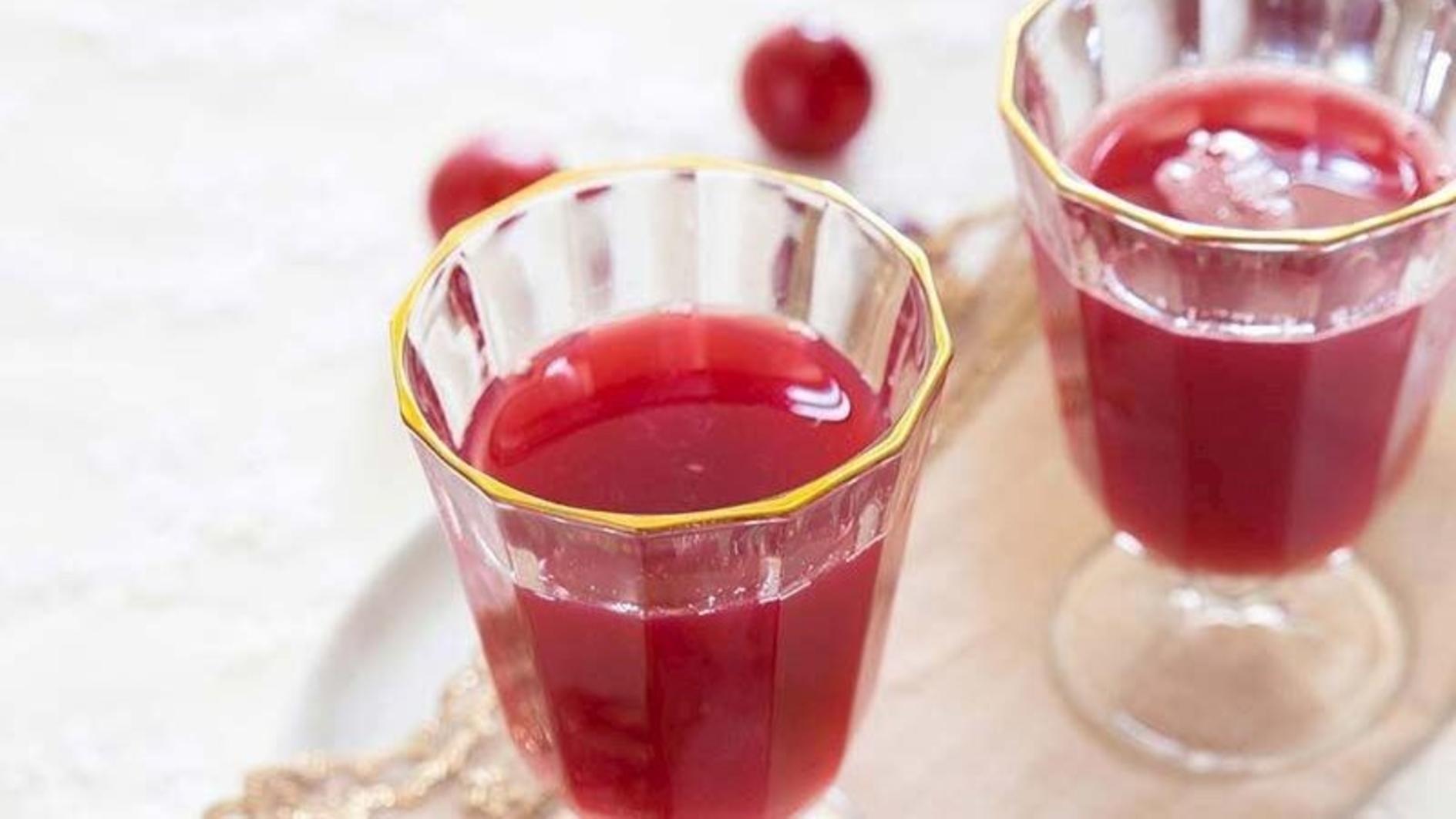Cool tastes for the hottest Bayram

Kurban Bayramı, a.k.a. the Feast of Sacrifice, must be the most carnivorous of all holidays and celebrations in Türkiye. Known as Eid al-Adha for the rest of the Muslim world, it is one of the two most important holidays of the Islamic year. As its name suggests, it is celebrated by sacrificing an animal in the name of God. The holiday commemorates the epic story of the Prophet Ibrahim (Abraham) and his son Ishmael (Isaac in Bible). According to the legend, which is an early Islamic narrative common to Judaism and Christianity as well, the prophet’s ultimate challenge to prove his commitment to God will be to sacrifice his first and only son. Just as the sharp blade of the knife is at the poor son’s neck, the happy ending arrives at the last moment in the form of an angel replacing the son with a ram. The son was saved, but the rams and lambs were doomed forever.
Carnivorous tables
This is why Muslims across the globe try to sacrifice an animal, preferably a ram or a lamb, but also cattle if wealthy, or camel in Arab countries, to prove their commitment to God. The consequence is meat-laden festive tables, that go on for days, shared first with core family, then with relatives, then with neighbors and friends and so on. The meat of the sacrificed animal is also shared. The person and family who owns the sacrificial animal is entitled to one-third of the meat, more distant relatives and friends get the second-third and the final third goes to the poor. This sharing multiplies the meat-centric festive tables, the most popular being the ubiquitous “kavurma” which gets its name from the technique of pan-roasting. The chopped pieces of meat together with some of the tail-fat is slow-cooked in its own juices and fat for long hours, similar to the method of making a confit, slowly braising the meat until very tender and well-browned. The meat must be accompanied by a butter-rich rice pilaf, usually cooked with bone stock. Then in some regions, you get the offal dishes, such as the rice filled lamb’s intestines, or head and trotter soup and so on. The liver and some of the other offal usually goes to the butcher or person who actually kills the animal, but there are still some parts that remain for the family. Needless to say, day and day on, the festive table is not only a vegetarian’s nightmare, but also a very heavy one, especially in the midst of June, which seems to be the hottest one in recent memory. Considering the dessert served after is often a syrup-drenched sweet such as baklava, one might end up in a hospital after such a feast. But there is also a light and cool side of the old Bayram days, when guests were served with chilled refreshments as a great act of hospitality. So, let’s have a look at the cooler side of the Feast of Sacrifice.
Sherbet: Sweet and cool
The word “şerbet” in Turkish means a simple syrup used in bathing the sweets, but also means a cooling, refreshing chilled sweet drink based on flavored syrups. Derived from the Arabic root "s-r-b," the word is based on the verb to drink. “Sherb” means to drink, and “sherbet” means a beverage other than water in its original context. The concentrated syrup, which is the basis of sherbet, is called “şurup” in Turkish, strikingly similar to “şarap,” the Turkish word for wine, which is obviously a drink other than water. Interestingly all the contemporary soft drinks and beverages are named “Meşrubat,” again from the same root word, the plural form, meaning simply made from “şurup” or “şerbet,” although most are not necessary based on a particular syrup. The world of sherbets was once huge in Ottoman society, until the throne of sherbet was forever shaken by the introduction of “meşrubat” a.k.a. soft drinks.
In fact, there was once no drink better than a chilling sherbet for the summer heat. It was the ultimate act of hospitality, also demonstrating your wealth. In times when refrigerators were not yet invented, offering a cold drink was not easy, and it was very costly. Snow and ice would be brought to Istanbul from the hills of Uludağ near the city of Bursa, the compressed snow blocks were wrapped in several sheets of felt padded with a thick layer of hay insulation, carried by mules and brought to the harbor of Mudanya on the shores of the Marmara Sea, then shipped in the darkness and cool of the night to the pier in Eminönü. In Istanbul porters would carry the snow and ice blocks following the shadows of buildings early in the morning before the scorching sun rose to the mansions of the elite. The blocks of coolness would be buried and kept in the snow-wells dug in the cellars of the mansions. That was surely a laborious process, and all the toil was for a sip of coolness to be enjoyed with delight.
When we think of sherbet, we should not only think of sherbets made from fruit extracts such as strawberry, black mulberry and cherry. The choices were numerous; fragrant sherbets were made from flowers, especially roses, orange blossoms and violets, and some sherbets were flavored with spices such as cinnamon, cloves and ginger, as well as musk and mastic. Of course, sourness was also a sought-after characteristic; sherbets with a tart taste, such as tamarind (demirhindi in Turkish) sherbet, were very popular. . The offering of sherbets is one of the most frequent and admired topics mentioned by Western travelers who visit the Ottoman lands. In his 1615 letter to his Neapolitan friend Mario Schipani, Italian traveler Pietro della Valle, who visited Istanbul, wrote about the icy sherbets made by the Turks by mixing sometimes a thick liquid, that is the syrup, sometimes hard sugar-like extracts with water. He also added that he was curious and keen to learn their composition in order to make similar sherbets when he returned to Italy. As a matter of fact, colorful syrups are still very popular in Italy today for use in all kinds of drinks, and colorful sherbets served with shaved ice have become the basis of the famous Italian “sorbetto” or “granita” type of ice creams, that is, only based on fruits or other flavored bases, devoid of milk or cream. Our cherry, blackberry, lemon, melon and peach ice creams, which are made with no milk at all, are based on the same sorbet tradition. Ice-cold sherbets used to be the perfect way to honor a guest in the old times, especially on a Bayram day. Along with Turkish coffee, it was almost a ritual to serve such a delightful refreshment. However, with the introduction of various soft drinks and all kinds of sodas over time, sherbet is not as popular as it used to be. Maybe it’s time for a revival: Fill a tumbler with crushed ice and top it with a fruity fragrant syrup, making a sort of mock-tail, on a hot summer day.












